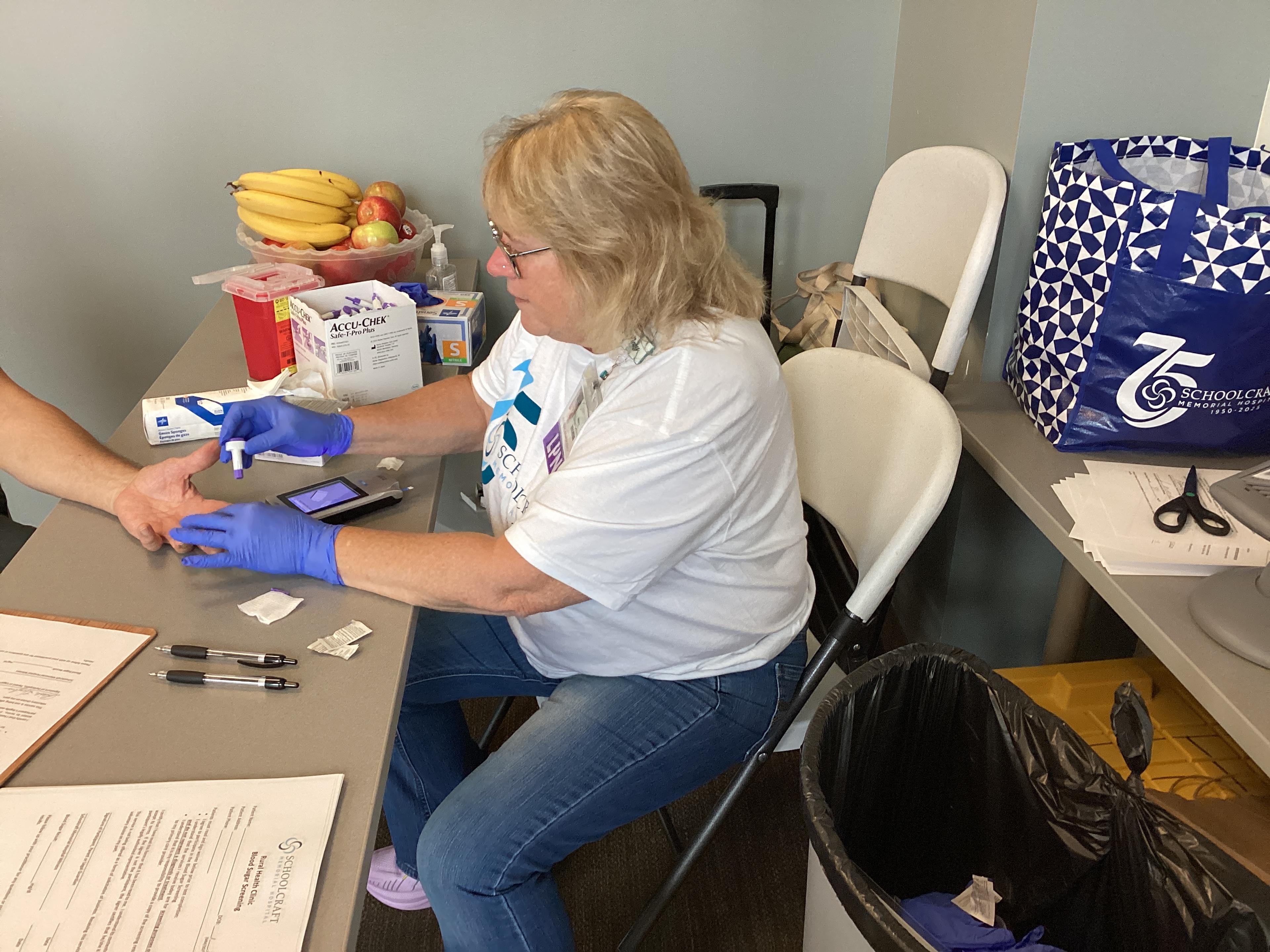Why are Men More Likely to Get Skin Cancer?
Jake Newby
| 4 min read

Key Takeaways
- Men are significantly more likely than women to die from melanoma and face higher rates of diagnosis after age 50 compared to women.
- Men are less likely than women to seek preventive skincare behaviors, including skin self-exams and professional skin screenings.
- Men can protect their skin from sun exposure by wearing protective clothing and sunscreen, and seeking shade whenever possible.
Skin cancer is one of the most preventable cancers, yet more than 8,400 Americans are expected to die from it this year, according to the American Cancer Society (ACS).
Skin cancer disproportionately affects men. Melanoma is the deadliest form of skin cancer. About 65% of the Americans expected to die from melanoma this year are men, according to the ACS, which says 60,550 men will be diagnosed with melanoma in 2025 compared to 44,410 women.
Does male skin cancer risk increase with age?
White adolescent males and young adult men are about twice as likely as white females of the same age to die of melanoma, according to the American Academy of Dermatology Association (AAD).
Women under age 50 are more likely than men to be diagnosed with skin cancer, according to a 2019 study on sex differences in melanoma. But those figures flip after that; by age 50, men are more likely than women to develop melanoma and by age 65 men are twice as likely as women of the same age to get melanoma. Then by age 80, men are three times more likely than women in that age group to develop melanoma.
Common sites of melanoma among men and women
Melanomas often look like moles on the skin. The most common sites for melanoma on the body vary depending on if you are a man or a woman. The most common sites for men include:
The most common sites include:
- Back
- Head
- Neck
- Trunk
The most common sites for women include:
- Arms
- Legs
Male melanoma risk: Genetic factors
Research shows melanoma that is inherited and runs in families can occur at a younger age. The cause of melanoma varies from person to person, but experts say gene mutation is at the root of cancer development. UV rays can damage DNA in the skin cells. As this damage mounts mounts over time, an individual’s risk of genetic mutations that cause skin cancer increases.
Additionally, differences in male and female skin may contribute to the differences in melanoma rates. According to the AAD, men have thicker skin with less fat underneath and have skin that contains more collagen and elastin than women. Older studies showed male skin reacts more intensely to UV rays than women’s which could have also contributed to disproportionate cancer rates. New research may be needed to further confirm this theory.
Behavioral factors that affect male skin cancer risk
Research has established that men generally resist health care – men are they less likely than women to seek primary health care and mental health care. Knowing this, it should come as no surprise that men also tend to have less skin awareness than women. A 2016 AAD survey found a 10% to 20% difference in women who knew the following facts compared to men:
- There is no such thing as a healthy tan
- A base tan cannot protect you from the sun's harmful rays.
- Skin cancer can develop on skin that gets intermittent or little sun.
Another study determined women are more likely to be aware of their skin and to conduct skin self-screening than men.
How to protect your body from the sun
Despite these stats, men can take action again melanoma’s avoidable nature by protecting their skin. Remember, it only takes 15 minutes for skin to be damaged by UV radiation. When outdoors – even on cloudy days – be sure to:
- Wearing sunscreen that is broad-spectrum SPF 30 or higher. It should also be water resistant and applied every two hours, as well as after swimming, sweating or towel drying.
- Wearing a wide-brimmed hat and sunglasses.
- Wearing long sleeves and pants when possible.
- Staying out of the sun when the sun’s rays are strongest, between 10 a.m. and 2 p.m.
- Drinking plenty of water to stay hydrated and taking regular breaks from outdoor activities to seek shade whenever possible, to prevent heat-related illnesses.
The importance of skin cancer screenings and skin self-exams
If you notice any moles on your skin that change color or shape, you should make an appointment with a primary care provider, who will likely refer you to a dermatologist. Most insurance plans cover skin cancer screenings or counseling as part of their preventive care. Additionally, the ACS has information on how to conduct a skin self-exam. Doing these regularly is important, especially for people who are at a higher risk of skin cancer, such as:
- People with a strong family history of skin cancer.
- People with reduced immunity.
- People who have had skin cancer before.
- People who have lots of moles or other skin spots.
Related reading:
- When Men Need to Start Prostate Cancer Screening
- Men and Mental Health: Stigma and the Hidden Signs
- 5 Health Tips for Men Over 30
Photo credit: Getty Images





